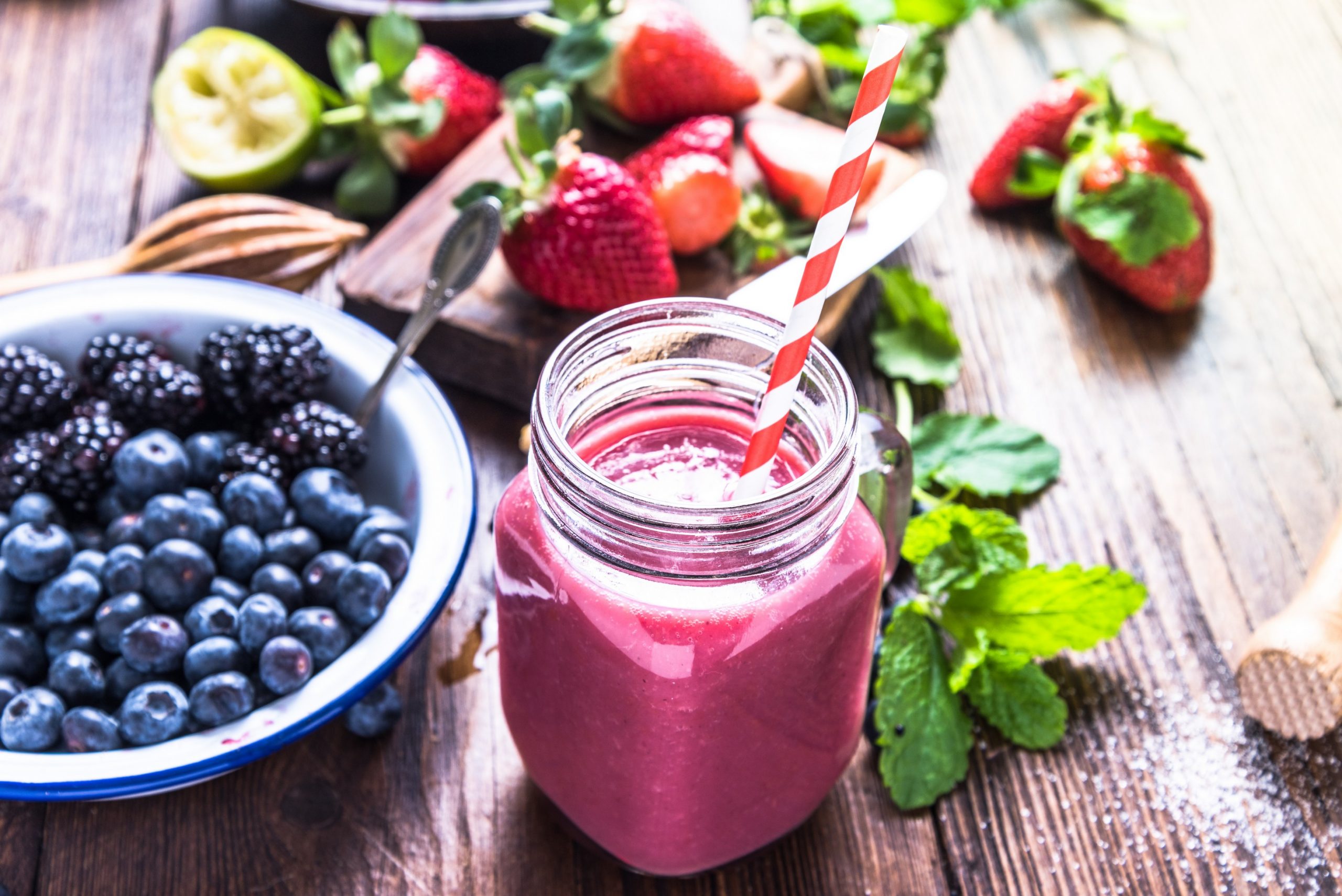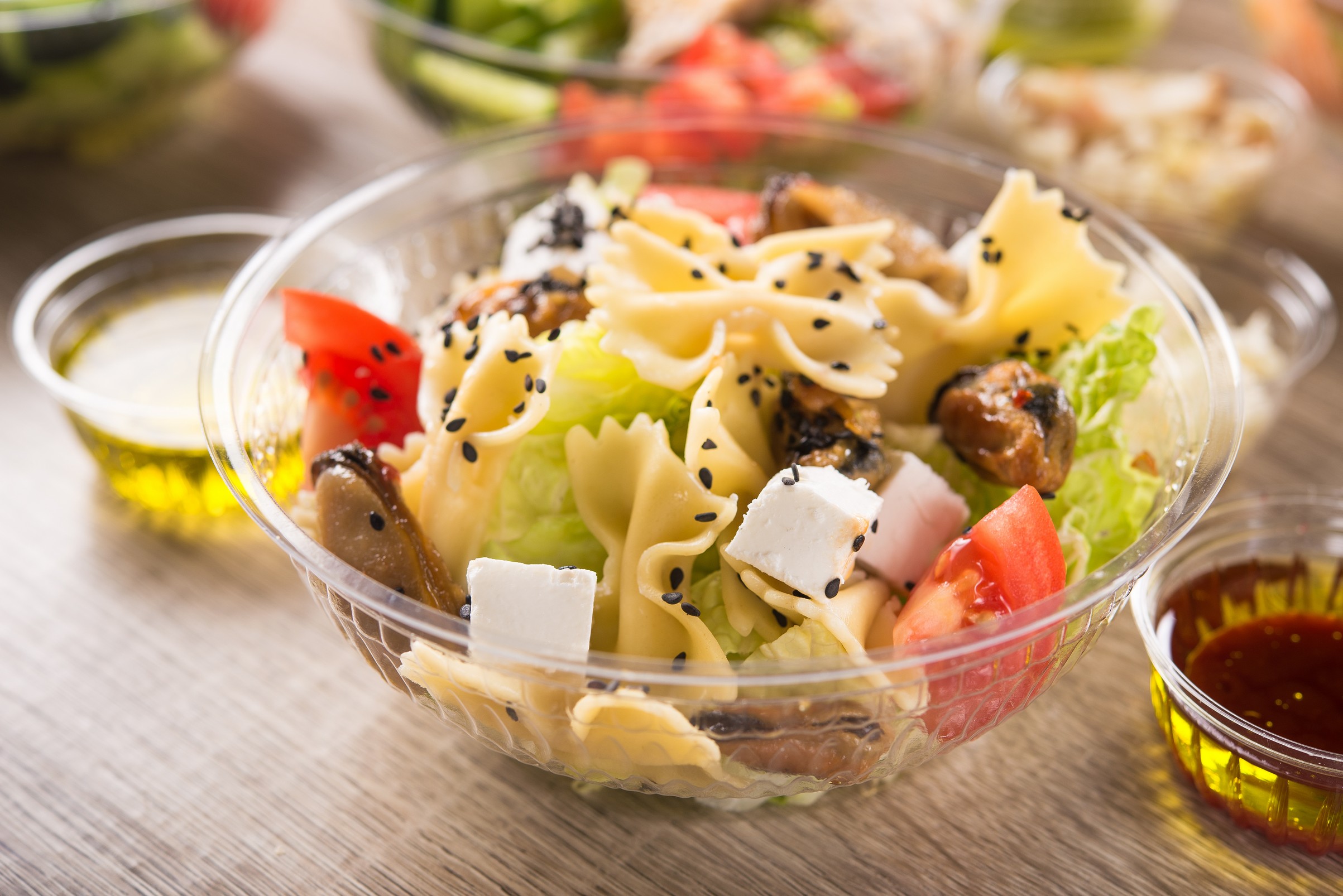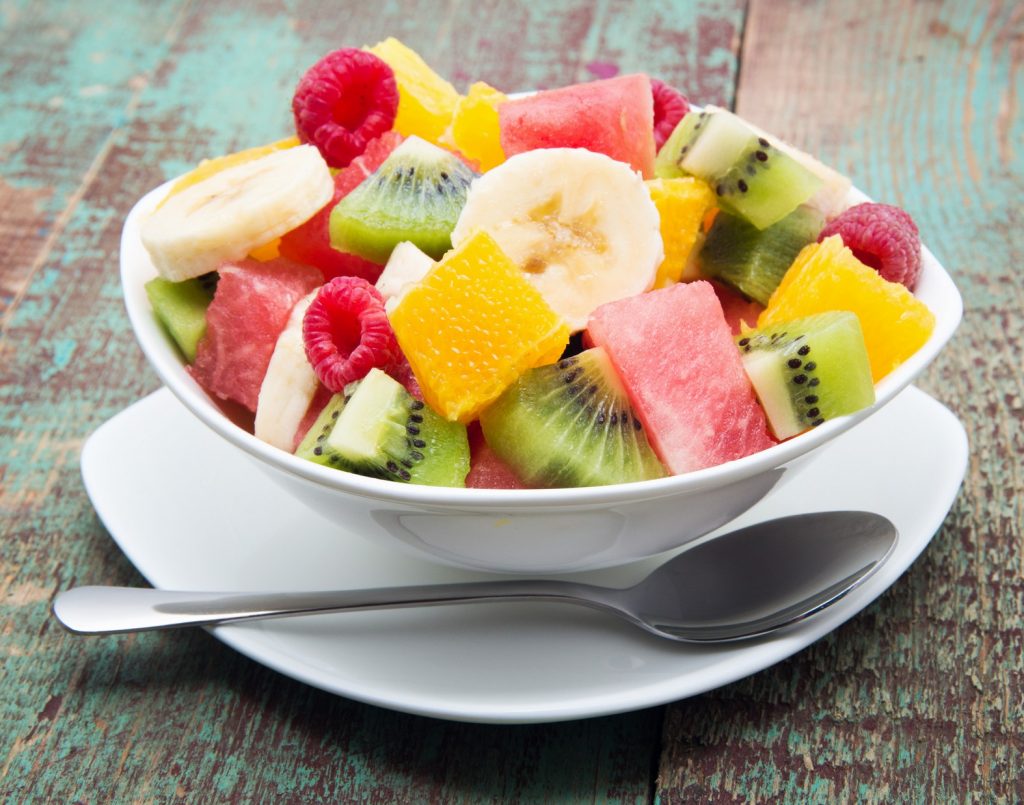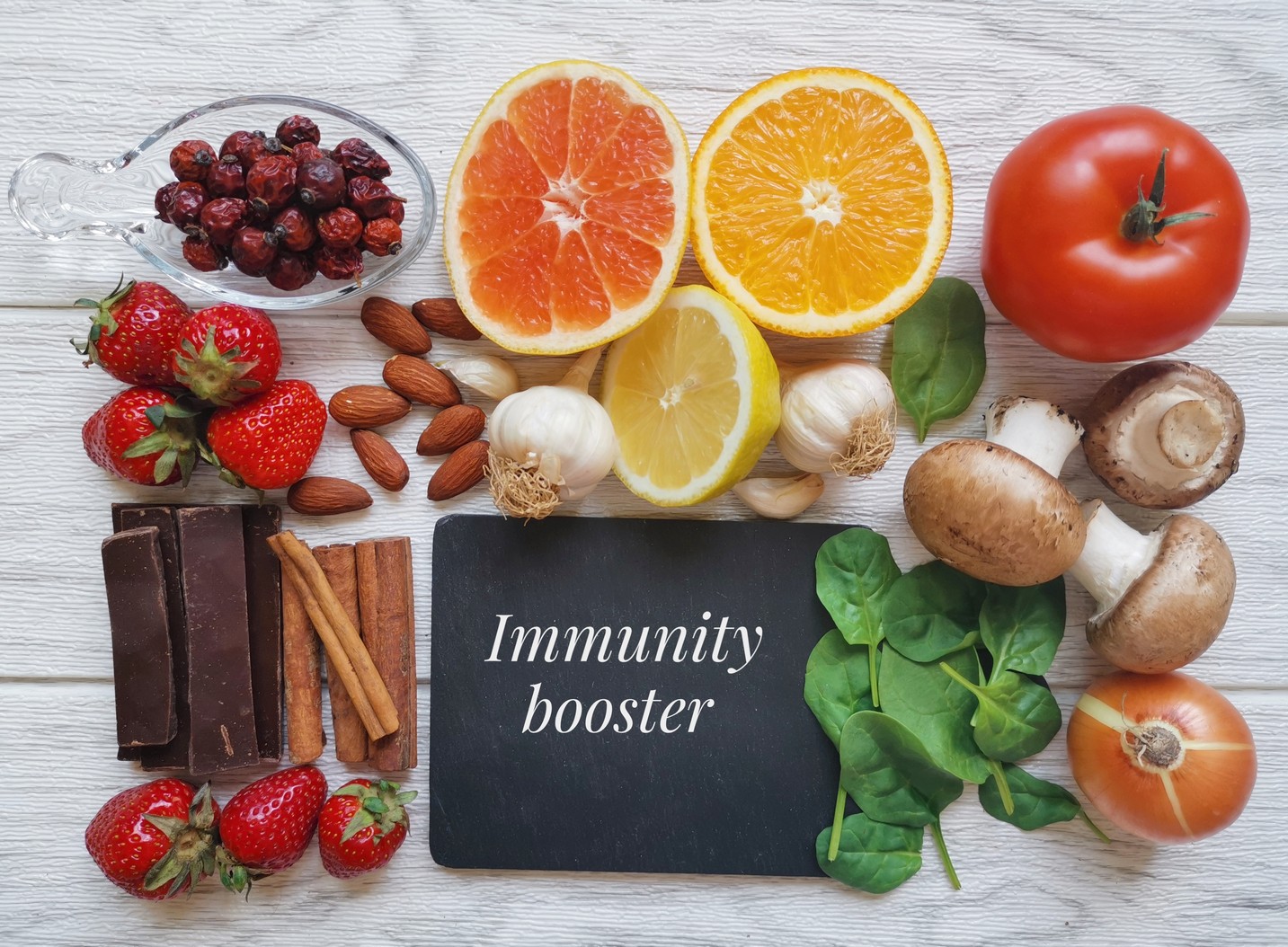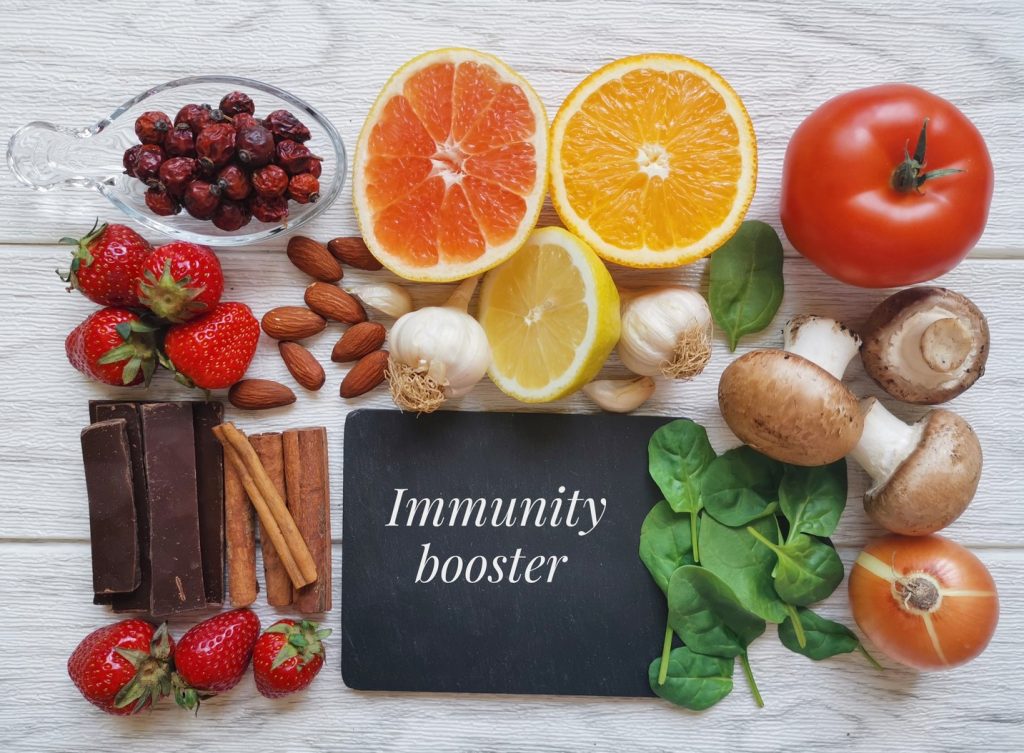
While workdays look different for everyone in New York City, one thing is common across industries; there are certain times people can expect to see their coworkers in the break room. Most notably lunchtime, but also around 2:00 pm, when the afternoon “blahs” set in and everyone looks to office coffee or tea for the solution.
But what if employees didn’t wait until they were sluggish to take a break and recoup? What if the ideal break time wasn’t mid-afternoon, but instead, mid-morning?
Earlier Breaks Promote Productivity
When asked, employees report that mid-morning breaks between 10:00 and 11:00 AM have the biggest impact on productivity. Not only do these mid-morning breaks promote productivity, but they also boost energy, concentration, and motivation. The further an employee’s break is from the start of the day, the less impact it has on their work performance.
The secret behind this philosophy is that employees shouldn’t wait until the afternoon slump to recharge. Taking a break before they are tired, even if it’s just a trip to the vending machine, can prevent them from hitting that afternoon wall.
Better Breaks Improve Satisfaction
Employees in New York City who spend part of their break doing something they enjoy has a positive impact on workplace satisfaction. What’s more, you’ll see employee benefits with fewer job-related complaints, such as headaches, eye strain, and low back pain. They are also less likely to get burned out. Improve your employee’s breaks with our innovative micro-market services.

Encourage Regular Break Times
When a company wants to do what’s best for its employees and promote productivity, they should encourage regular break times. That’s right, even if those breaks are only a few hours after employees clocked in. Persuading regular breaks helps employees keep their tanks full throughout the day.
Make sure to offer a comfortable break room with a variety of healthy snacks and beverages. That helps convince New York City employees that breaks are important. From traditional vending machines to office coffee, when leadership provides refreshment supplies as part of the employee benefit, it boosts company morale and makes employees feel valued and appreciated.
Looking for Break Room Services in New York City?
If your New York City business is looking for break room or vending services from a local company you can trust, look no further than Marché. We offer a full range of services, including vending machines, micro-markets, and office coffee service. Call us at 833-627-2431 to learn how we can improve your break room today!




